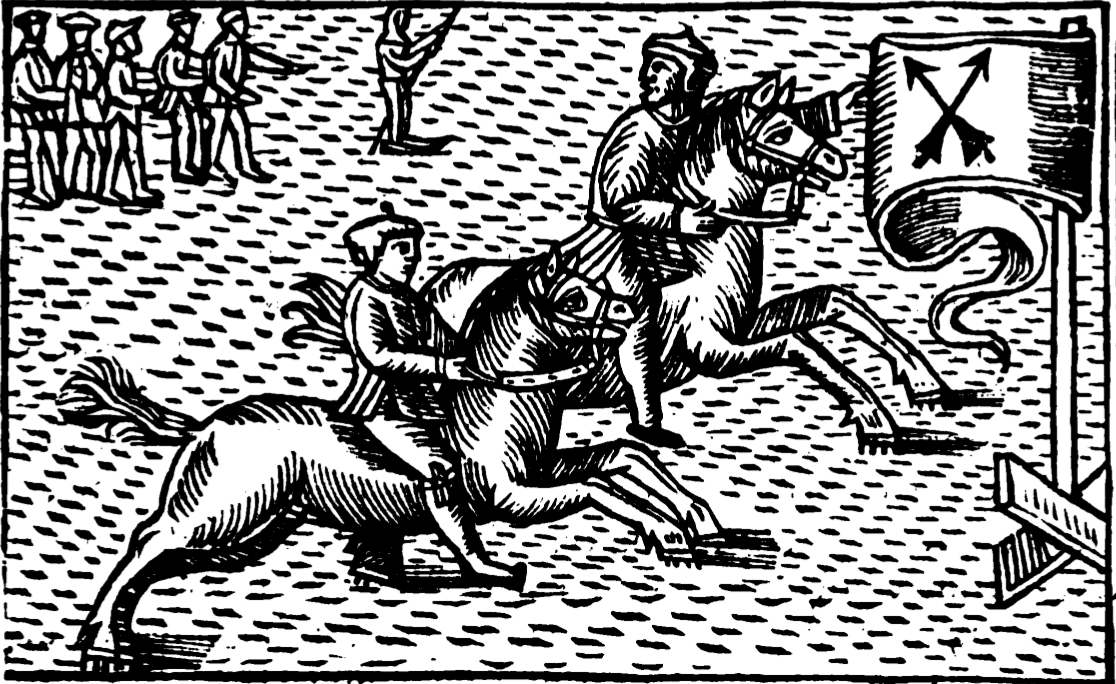In his Historia de gentibus septentrionalibus (Description of the Northern Peoples), Olaus Magnus describes races on bone skates that are “8–12 Italian miles” long (p. 42). The question is, how long is that?

The Italian mile is probably pretty close to a modern mile. It’s thought to be based on the Roman mile (1000 paces), but there was a lot of variation from place to place. The general value Wikipedia gives is 1820 meters. A modern mile is 1600 m.
To calculate how long the races were, take 8–12 Italian miles and multiply by however many kilometers you think there were per Italian mile. Using Wikipedia’s value of 1.82 gives about 15–22 km or 9–14 modern miles.
Fisher and Higgens give the value 12–18 km in a footnote to their translation of Olaus Magnus (p. 86). That’s what you get when you use the modern value of 1.6 km per mile.
The value 8–12 km was calculated by Gösta Berg back in 1943 (p. 84) and has made its way into the literature on bone skates. I think he made a math error, because that’s what you get when you divide instead of multiplying.
The answer is, it depends on how long an Italian mile was in the sixteenth century. Since units of measurement weren’t standardized, it’s hard to say for sure. But it’s clear that the races were pretty long, probably in the 15–18 km range or around 10 miles
References
Gösta Berg (1943). “Isläggar och skridskor.” Fataburen, pp. 79–90.
Olaus Magnus (1555). Historia de gentibus septentrionalibus. Rome: J. M. de Viottis.
Olaus Magnus (1996). Description of the Northern Peoples. Ed. P. G. Foote, trans. Peter Fisher and Humphrey Higgens. London: Hakluyt Society.





